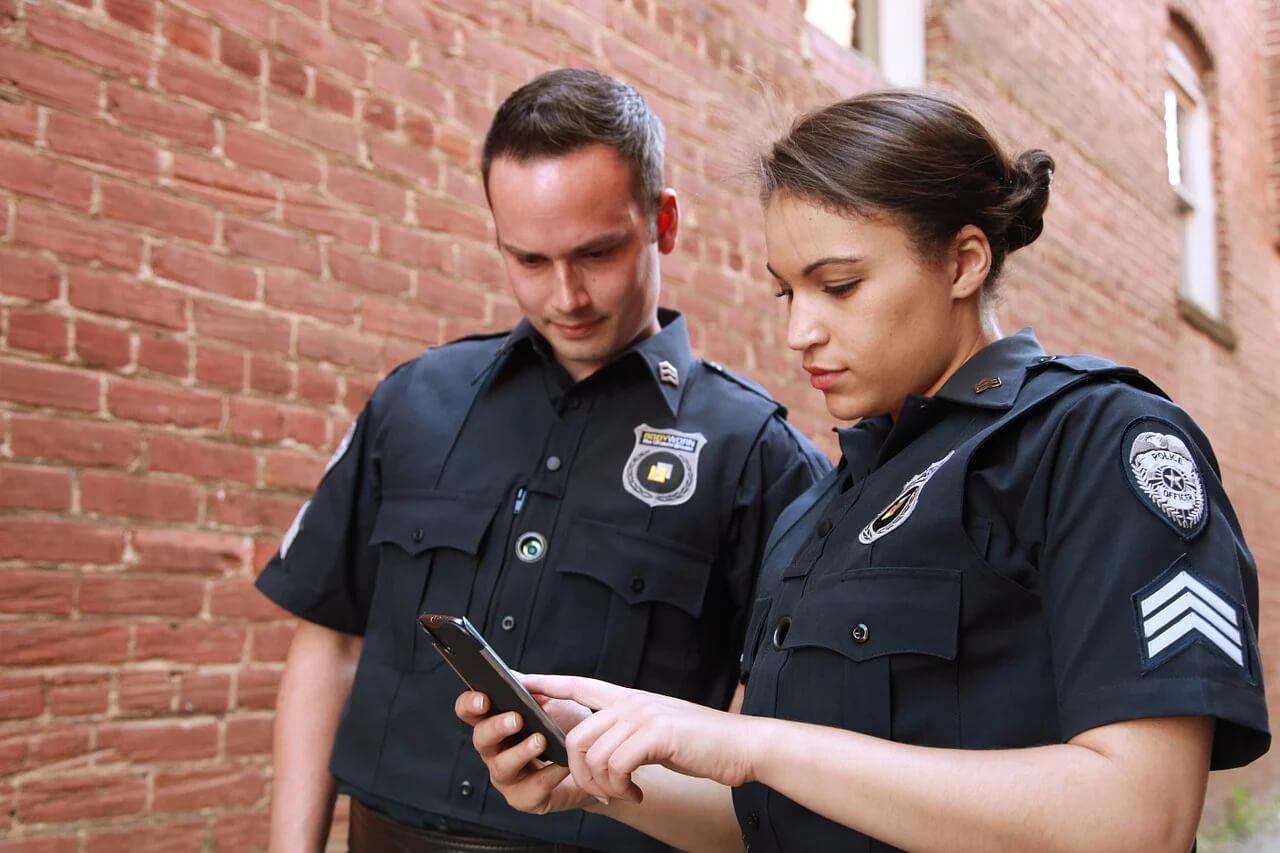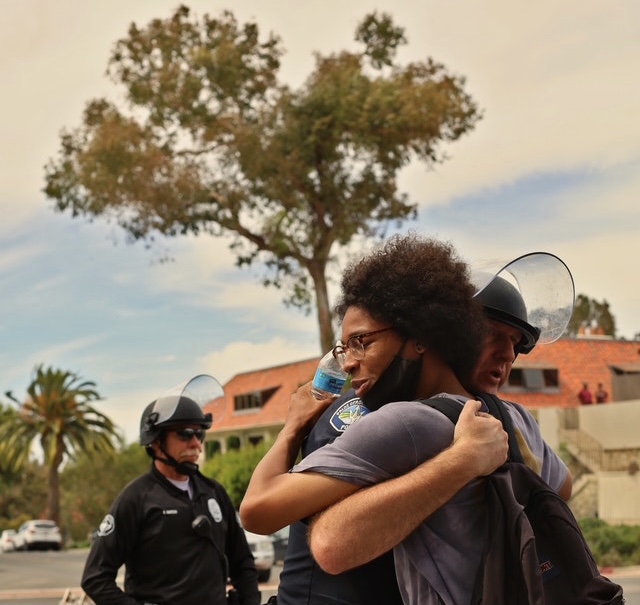Employee engagement surveys can provide police departments and sheriff’s offices with invaluable insights into the mindset, motivations, and concerns of their officers and staff. However, without thoughtful survey design, the feedback collected may lack depth or even mislead. Poorly framed questions and haphazard structure undermine data quality and the ability to take action on the results.
By leveraging established research and lessons learned from law enforcement agencies nationwide, organizations can craft engagement surveys that yield valid, useful findings. This article outlines best practices to follow based on the science of survey methodology.
Use Clear, Simple Language
The phrasing of each question sets the tone for responses. Researchers advise using simple, unambiguous language that all respondents will interpret the same way. Avoid police jargon and specialized acronyms that not all staff may know. Define any terms that could have multiple meanings.
Keep sentences short and direct. One idea per question is ideal to prevent confusion. Double-barreled questions that cover two issues convolute findings. For example, “Do you feel respected by and able to be candid with leadership?” should be separated into two questions.
Prior studies of officer engagement surveys, such as a 2020 Police Quarterly paper on the Calgary Police Service, confirm that straightforward wording boosts participation and thoughtful responses.
Limit Biased or Leading Language
Question wording should remain as neutral and objective as possible. Biased or leading language can inadvertently steer respondents toward certain answers, compromising validity.
For instance, instead of asking “To what extent has inadequate patrol staffing compromised your safety?”, frame the question more impartially: “How has patrol staffing levels impacted your ability to fulfill duties safely?”
Avoid words like “inadequate” that imply a viewpoint. Use rating scales with balanced options like “agree,” “neutral,” and “disagree” rather than just “agree” or “disagree.”
Include a Variety of Question Formats
Rating scale questions remain the most common format for engagement surveys, but a mix of open-ended, multiple choice, ranking and other types adds diversity and detail.
Rating questions using a 1-5 or 1-7 point scale allow for nuanced gradations of opinion. Multiple choice and ranking questions limit responses to predefined choices, easing analysis. Open-ended questions give respondents freedom to elaborate based on their unique perspectives.
Experts recommend allocating 10-20% of survey questions to open-ended formats. A 2018 study published in Policing: An International Journal found police surveys with some narrative questions gathered more meaningful qualitative insights versus rating scales only.
Optimize Survey Length
Finding the ideal survey length involves balancing comprehensive coverage with completion feasibility. Engagement survey research featured in the Harvard Business Review indicates response rates decline when surveys require over 15 minutes, but under 5 minutes lacks sufficient depth.
For officer engagement surveys, aim for 10-12 minutes as a reasonable target length. Use skip logic rather than asking non-applicable questions to avoid frustrating respondents. Pilot testing with a small group can help gauge and fine-tune survey duration.
Structuring surveys into logical sections or pages also creates a sense of progression and completion for respondents. Funneling from broader topics to specific items helps build natural flow.
Gather Key Demographics Anonymously
Collecting limited demographic data on an anonymous basis allows analyzing results by subgroups to uncover variations in perceptions or needs. For example, engagement levels may differ significantly between newer vs. veteran officers.
Only gather demographics like department, rank, assignment, tenure, and shift that are essential for segmenting findings. Avoid identifiers like name, employee ID number, or email address. Keep demographic questions at the end rather than start of surveys as well.
Clearly communicate that all data will only be aggregated in reporting. For smaller subgroups, results may need to be combined to prevent identifying individuals based on demographics.
Implement Thoughtful Survey Logistics
The mode, timing, communication methods and other logistical factors surrounding engagement surveys also influence results. Online surveys gather higher quality data more efficiently than traditional paper methods according to research in the International Journal of Productivity and Performance Management.
Survey participation tends to be higher earlier in the week and workday when officers are less rushed. Sending reminder notifications and keeping surveys active for 1-2 weeks boosts response rates based on studies in the journal Industrial and Organizational Psychology.
By taking research-backed steps to optimize question design, length, format, demographics, logistics and more, law enforcement agencies will elicit more valid and actionable insights from engagement surveys. Continuous improvement through pilot tests and respondent feedback can further refine instruments over time.
Here are ten survey questions and answers that you can use on your next survey!
- How clear and simple do you find the language used in our department’s communication and instructions?
- Very Clear
- Mostly Clear
- Somewhat Clear
- Not Very Clear
- Not Clear at All
- How do you feel about the adequacy of patrol staffing levels in terms of ensuring your safety and fulfilling your duties?
- Very Adequate
- Mostly Adequate
- Somewhat Adequate
- Not Very Adequate
- Inadequate
- Do you think that the work-related terms and acronyms used by the department are easily understood by all staff?
- Yes
- No
- How would you describe your level of comfort in being candid with the department’s leadership?
- Very Comfortable
- Mostly Comfortable
- Somewhat Comfortable
- Not Very Comfortable
- Not Comfortable at All
- Please rank the following factors in order of importance for your job satisfaction:
- Compensation and benefits
- Work-life balance
- Career growth opportunities
- Team collaboration
- Department’s leadership
- How do you typically access and complete department surveys?
- Online
- Paper
- Other (Please specify)
- How long have you been with the department?
- 0-2 years
- 3-5 years
- 6-10 years
- 11+ years
- Which shift do you currently work?
- Morning
- Afternoon
- Night
- Rotating
- What is your current rank/position within the department?
- Officer
- Sergeant
- Lieutenant
- Captain
- Other (Please specify)
- How satisfied are you with your overall job at the department?
- Very Satisfied
- Mostly Satisfied
- Somewhat Satisfied
- Not Very Satisfied
- Not Satisfied at All
To get started schedule your free demo today!








